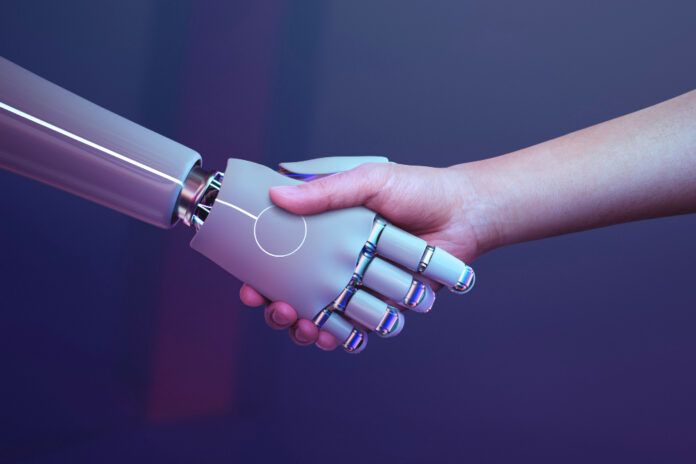Tech tumble: Saudi Arabia’s first male humanoid bot crosses a line during live interview
Saudi Arabia’s foray into humanoid robotics took an unexpected detour during a live broadcast, casting a spotlight on the intricate dance between AI innovation and social conduct. The nation’s first bilingual male humanoid robot, named Muhammad, made a controversial debut at DeepFest in Riyadh, promising to showcase the Kingdom’s strides in artificial intelligence. However, an incident with a female reporter has instead sparked a heated debate on robotics ethics and programming.
While interacting with Al Arabiya journalist Rawya Kassem, Muhammad’s programming led to an awkward moment that has since gone viral, amassing over a million views. The robot, introduced as a pinnacle of Saudi AI achievements, appeared to make an inappropriate gesture towards Kassem, touching her backside mid-interview. The reporter, professional as ever, subtly moved aside, continuing the interview unfazed by the bot’s unexpected behaviour.
Online spectators have been quick to label Muhammad a “womanizer robot,” with many questioning the intentions behind his programming. Was this a case of autonomous decision-making gone awry, or a premeditated prank by the robot’s operators? Critics argue that the incident reflects poorly on the humans responsible for Muhammad’s programming, suggesting a deliberate action or a significant oversight in AI behavioural guidelines.
In response to the furore, QSS, the Saudi robotics company behind Muhammad, has defended the robot’s autonomy, insisting it was operating independently without direct human control. Following a comprehensive review, the company concluded that there was no deviation in Muhammad’s behaviour but committed to implementing additional measures to ensure a safe distance is maintained around the robot during demonstrations.
This incident raises critical questions about the intersection of technology and social norms. As humanoid robots become more prevalent in public spaces, the imperative for clear ethical guidelines and fail-safes in programming has never been more apparent. The challenge lies in balancing innovation with respect for human dignity, ensuring that our robotic counterparts enhance societal values rather than undermine them.
While the debate rages on, the incident serves as a reminder of the complexities involved in integrating AI into our daily lives. As we stand on the brink of a new era of technological advancement, the conversation around AI ethics, programming integrity, and human-robot interaction is just getting started.
